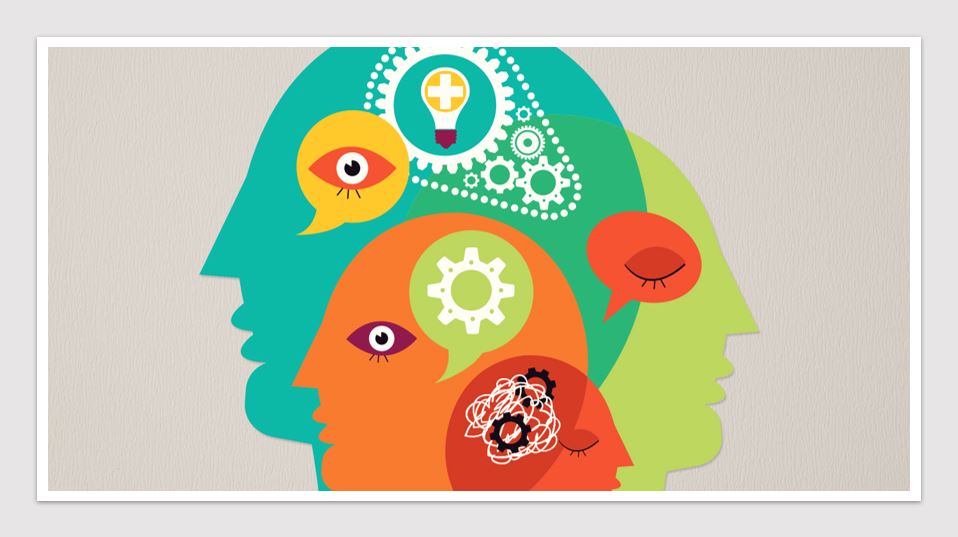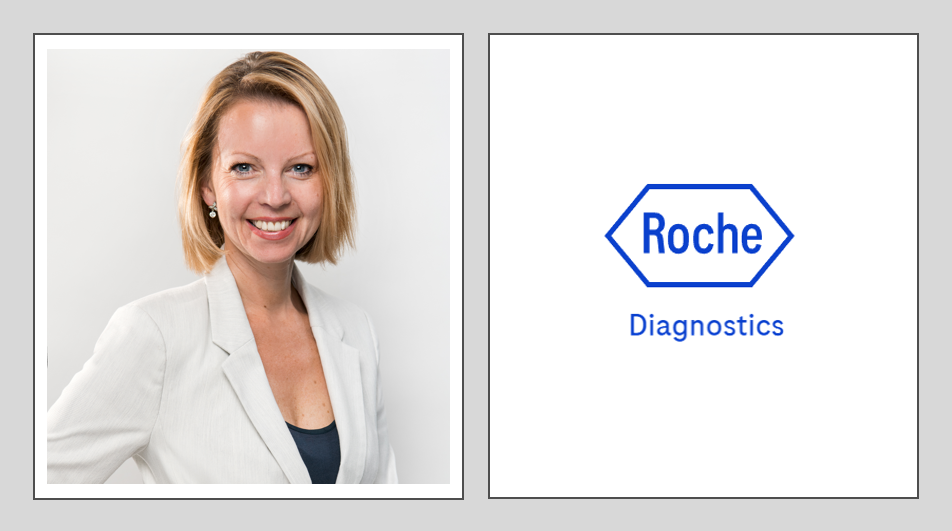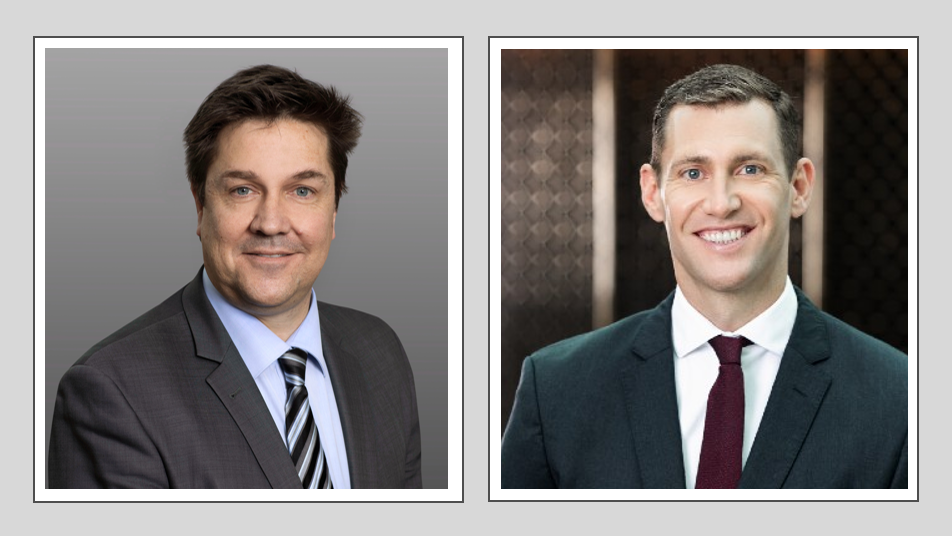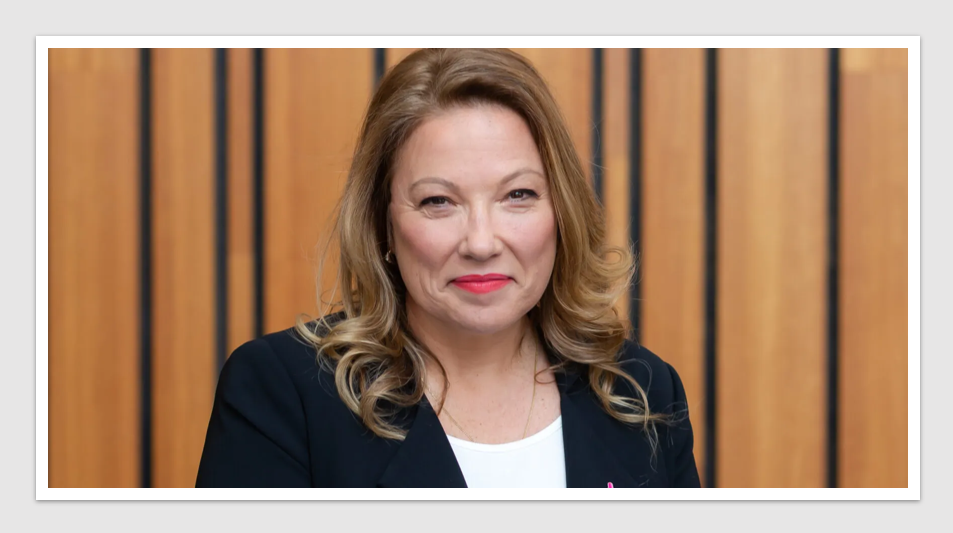Human Resources
How to reframe unconscious bias and create high-performing teams

Imagine an advertisement specifying that candidates must be determined, analytical and competitive. Using such masculine words may suggest that the company has a male-oriented culture.
According to authors Pamela Fuller, Anne Chow and Mark Murphy, preferences like these actually do play a significant role in your judgments. Because biases are unconscious, you won’t realise you’re making hiring decisions based on assumptions that may be irrelevant, unfair or untrue. The authors explain how to become aware of your biases and then outline strategies for circumventing them.
Unconscious bias in the workplace is a performance issue.
Discussions about bias in business often focus on issues such as fairness and the role of quotas and regulations. These important topics can divert attention from the deleterious effects that bias often has on a company’s performance. If you don’t identify and examine your biases, you’re more likely to base decisions on unconscious assumptions that may be unjust, false and unrelated to your company’s needs. Workers on the receiving end of bias can become unwilling or unable to contribute at their highest level.
“To be human is to have bias,” the authors say.
By practicing self-awareness, you can recognise your most deep-seated, subconscious assumptions. When you identify your biases, you can overrule them, especially when they get in the way of rational analysis.
Everyone has biases.
The human brain evolved to embrace biases as survival mechanisms. The brain receives an enormous load of information. To deal with the gargantuan task of processing this input, it devised shortcuts, such as putting people, things and events into categories, so you don’t have to analyse every piece of information. For early humans, the most important categories were people, things or events that posed a threat or people,
things and events that were safe.
The authors comment “If you were to say, ‘I don’t have bias,’ you’d be saying your brain isn’t functioning properly!”
Prehistoric people couldn’t stop and deliberate before recognising a threat. They needed to make a snap judgment about whether to run, freeze or fight. Biases – preferences for or against things, people or groups – allowed them to make these quick decisions.
Consider the human brain as having three main components:
The primitive brain – This part of the brain addresses survival and triggers the “fight, flight or freeze” response. It evolved to seek community, because community was safer than solitude.
The emotional brain – Your experiences shape this part of the brain, which handles your feelings, assumptions and values. The emotional brain makes empathy possible, but it can produce irrational thinking.
The thinking brain – This site handles your higher cognitive functions, including problem-solving and creativity. The thinking brain enables you to view objectively your own assumptions and values.
When you feel threatened, whether physically or psychologically, your primitive and emotional brains come into play. Psychological threats can include such emotions as feeling excluded from a group. In the workplace, a common psychological trigger is the fear of facing punishment for making a mistake.
“The goal of exploring and reframing bias is not to censor you but to build your ability to understand and be understood as you connect with others,” the authors add.
Many people feel threatened when they come to grips with their biases. In part, this stems from the popular view of bias as a moral failing or a sign of malice. Some people may bristle at any discussion of bias, seeing it as a ploy to restrict speech in the name of political correctness.
Not all biases are negative, and not all biased decisions are bad ones. Some biases have a neutral effect. For example, your bias for or against listening to music while you work is unlikely to affect others. A bias can produce positive effects. Someone with a bias toward collaboration may be more inclined to reach out and solicit feedback or test assumptions.
Biases are harmful when you base your decisions about people on false, irrelevant or unfair assumptions and beliefs. Under the influence of bias, choices in hiring and promotion can turn on unconscious feelings about gender, race, age, weight, sexual orientation, physical attractiveness and other factors.
For example, research data show a correlation between people’s accents and their earning power. Research also found an apparent prejudice linking leadership and height. Studies also revealed that lighter-skinned people of colour are more likely than those with darker skin to land jobs and get promotions.
The authors say “Beliefs can be so deeply ingrained in our brains that we literally can’t believe they are wrong, even when faced with facts.”
Bias and threats against inclusion can shape an employee’s experience throughout his or her tenure with a company. The following Performance Model shows how different work environments can affect an employee’s career journey and performance. The model consists of three “zones”.
High-performance zone – In this zone, employees feel included and treated with respect. Knowing the company values them gives them the confidence to contribute at their best.
Limiting zone – Here employees feel that no one listens to them or that people simply tolerate them. Unfortunately, most diversity programs, with their message of tolerance, tend to place employees in this zone.
Damaging zone – A culture that accepts and validates biases can lead to harmful consequences, such as workers feeling harmed, hounded or put down.
Stay alert for “bias traps” that lead to biased thinking.
Everyone has biases; eliminating them is impossible. However, if you become more aware of your biases, you can compensate for them and modify how you respond to them. You can enhance your self-awareness to gain breathing space to assess situations rationally before you react.
“When two people meet or when we encounter a group…we can see only a small part of their identities – often age, race, gender, culture, physical appearance and, potentially, physical ability or religious affiliation,” the authors note.
One way to become aware of your biases is to stay alert for “bias traps” – stressful or uncertain situations that trigger the primitive and emotional parts of your brain, leading to biased thinking. Common bias traps
include:
- Having too much information – When you face a flood of input, your brain automatically filters it. Unable to process so much data rationally, you may fall back on unconscious biases to make quick decisions. A common path for shortcut thinking in this situation is confirmation bias, in which you give more weight to data that conforms with your existing assumptions. Another is “anchoring bias,” the tendency to base your conclusions primarily on the first piece of information you encounter.
- Prioritising emotions instead of facts – The brain tends to treat its beliefs and feelings as if they were facts. When a strong belief conflicts with a fact from the outside world, people are more likely to reject the fact than to surrender their belief. The primacy of feelings leads to in-group bias– preferring people who are similar to you. For example, one contemporary study found that 71% of leaders chose proteges of their own gender and race. Negativity bias, which is also based on feelings, causes you to give more weight to negative outcomes, experiences or opinions.
- Rushing to meet a deadline – When you’re under pressure to act rapidly, perhaps because a deadline looms, you’re more likely to fall back on biases to get a task done quickly. These can be counterproductive, as in the case of the sunk-cost bias, in which you continue a course of action even if it’s not working because abandoning it feels like a waste of the effort or money you’ve already invested.
Strategies for increasing self-awareness include mindfulness practices, which can bring submerged thoughts and feelings into the light of consciousness. As a result, you would be less likely to function on automatic pilot. Approaches for cultivating mindfulness include meditating, taking breaks from the distractions of digital apps and media, and periodically taking a moment to interrupt your internal monologues to pay deeper attention to the people and events around you.
Leaders can mitigate bias by nurturing community and connection.
A feeling of belonging is a basic human need. Unless you feel secure that your group values and respects you, you will experience psychological unease. This feeling activates the primitive and emotional impulse to fit in, which can lead to repressing your authentic self and mimicking the values and behaviour of the majority. As a result, you hide your unique talents and perspectives.
“Cultivating connection gives us a path through bias by getting to know people for who they truly are versus who we perceive them to be,” the authors say.
When people who work together feel a genuine shared connection, they appreciate each other as complex individuals and seldom slot one another into stereotypes.
Leaders should nurture community by practicing and modelling connection skills like curiosity and empathy. Learning more about other people and trying to appreciate their perspective provides deeper insights into their behaviour. For example, if a long-time employee suddenly develops a pattern of tardiness, you might assume that it represents a failure of discipline. If you treat the employee with empathy, you may learn that there’s a different problem, one you may be able to help solve.
Be courageous about confronting bias.
Becoming aware of your own biases requires courage because you may discover attitudes and assumptions that conflict with your conscious values. You need fortitude to deal with the effects of biases, whether they are yours or someone else’s.
“We define courage as the mental or moral strength to strive and persevere in the face of uncertainty, fear, and difficulty,” the authors comment.
These four categories of courage are relevant to confronting bias.
- Courage to identify – Most people assume that they act rationally, and they can become upset when someone points out their biases or when they discover biases in themselves. Acknowledging that you
need to change takes courage. A simple tactic for tackling your own biases is to practice pausing before you make a decision or give orders. Examine your thinking process and analyse the emotions you’re experiencing. - Courage to cope – If you are on the receiving end of bias, you need courage to acknowledge the damage bias can do and to take steps to maintain your health and well-being. Strategies for dealing with stress and emotional pain include journaling, physical exercise and meditation. You may benefit from finding a supportive network of like-minded professionals or a confidant who offers a positive counterpoint to your negative experiences.
- Courage to be an ally – You can add your voice to the defence of those who are subject to bias. A person who has privilege or power within a firm should make an effort to include people from marginalised groups, particularly at conferences or other events.
- Courage to be an advocate – Becoming a squeaky wheel in the fight against bias can be daunting. One way to ease into this role is to join others with a similar mission.
Address bias throughout your employees’ talent lifecycle.
Your efforts to identify and mitigate bias should apply to every stage of an employee’s time with your company.
“Rarely are discussions around bias easy – but they can be productive, trust-building, and performance-enhancing, if we conduct them from our thinking brains.”
Your employees’ talent lifecycle has three major stages:
The hiring process – Instead of relying on the usual channels – such as employee referrals – work in partnership with institutions and educational organisations to get the word out to marginalised groups and widen your recruitment pool. Address bias in the interview process by replacing the one-on-one interview with meetings with committee of executives who have interview expertise and training in bias. Learn more about applicants. Supplement resumes by examining samples of candidates’ previous work or asking them to complete a test assignment.
Employee development – This includes onboarding, initial assignments, opportunities for mentoring and coaching, and other efforts to enhance engagement. During the onboarding process, provide new hires with formal and informal guides to show them the ropes. Monitor and measure employee engagement throughout the talent lifecycle, using team performance scoreboards and ongoing surveys of employee attitudes.
Advancement – Performance management must be a year-round project, made up of setting expectations, seeking consistent feedback and identifying opportunities for coaching. If you don’t connect regularly with your team on performance issues, you are more likely to fall prey to biased thinking.
News & Trends - MedTech & Diagnostics

Roche Diagnostics MD bids farewell after two-decades, leading the organisation to new heights of success
Diagnostics & MedTech News: The Managing Director of Roche Diagnostics Australia, Allison Rossiter, has announced her resignation, effective September 2024. […]
MoreNews & Trends - Pharmaceuticals

Is Australia ready to play a leading role in precision nuclear medicines?
Pharma News: A newly released discussion paper unveils Australia’s preparedness to take the helm in the rise of the global […]
MoreNews & Trends - MedTech & Diagnostics

Minimally invasive procedure a first in epilepsy treatment
MedTech & Diagnostics News: An Australian-first procedure utilising MRI-guided, minimally invasive surgery has been introduced for the treatment of epilepsy […]
MoreNews & Trends - Pharmaceuticals

Stakeholders unite in international call to tackle breast cancer gaps and inequities
Pharma News: Breast Cancer Network Australia (BCNA) has united in an international call to raise breast cancer care standards and […]
More